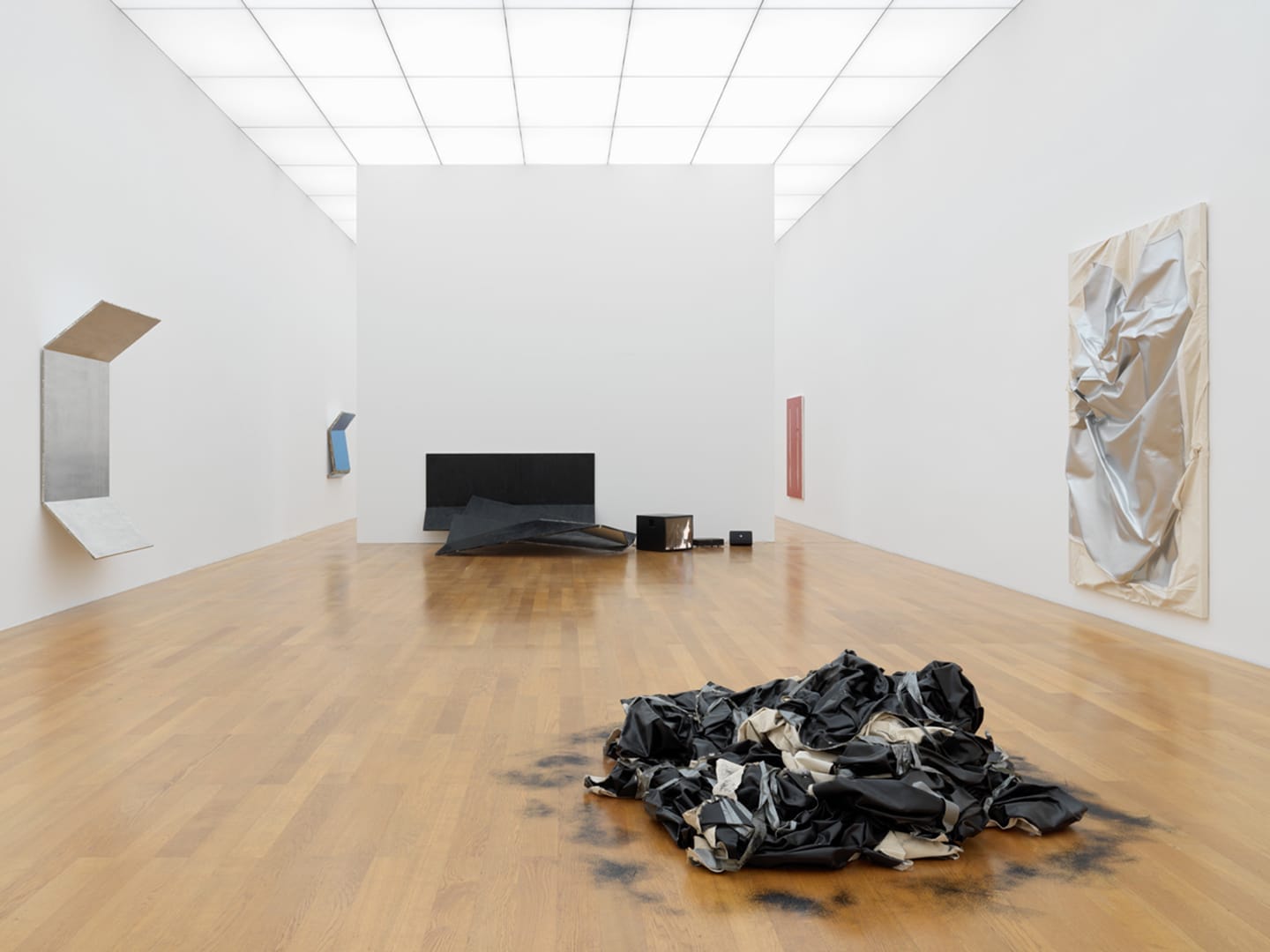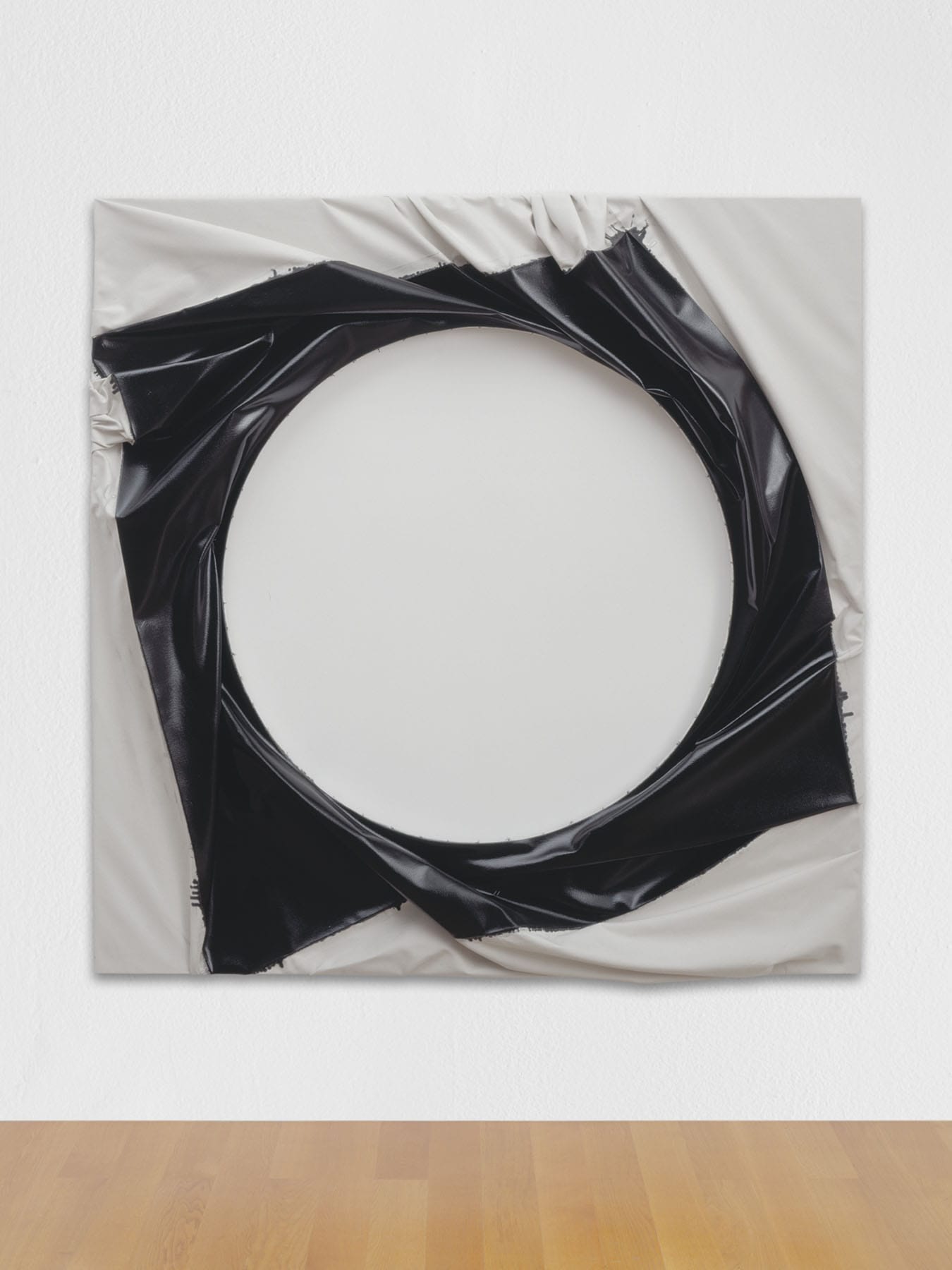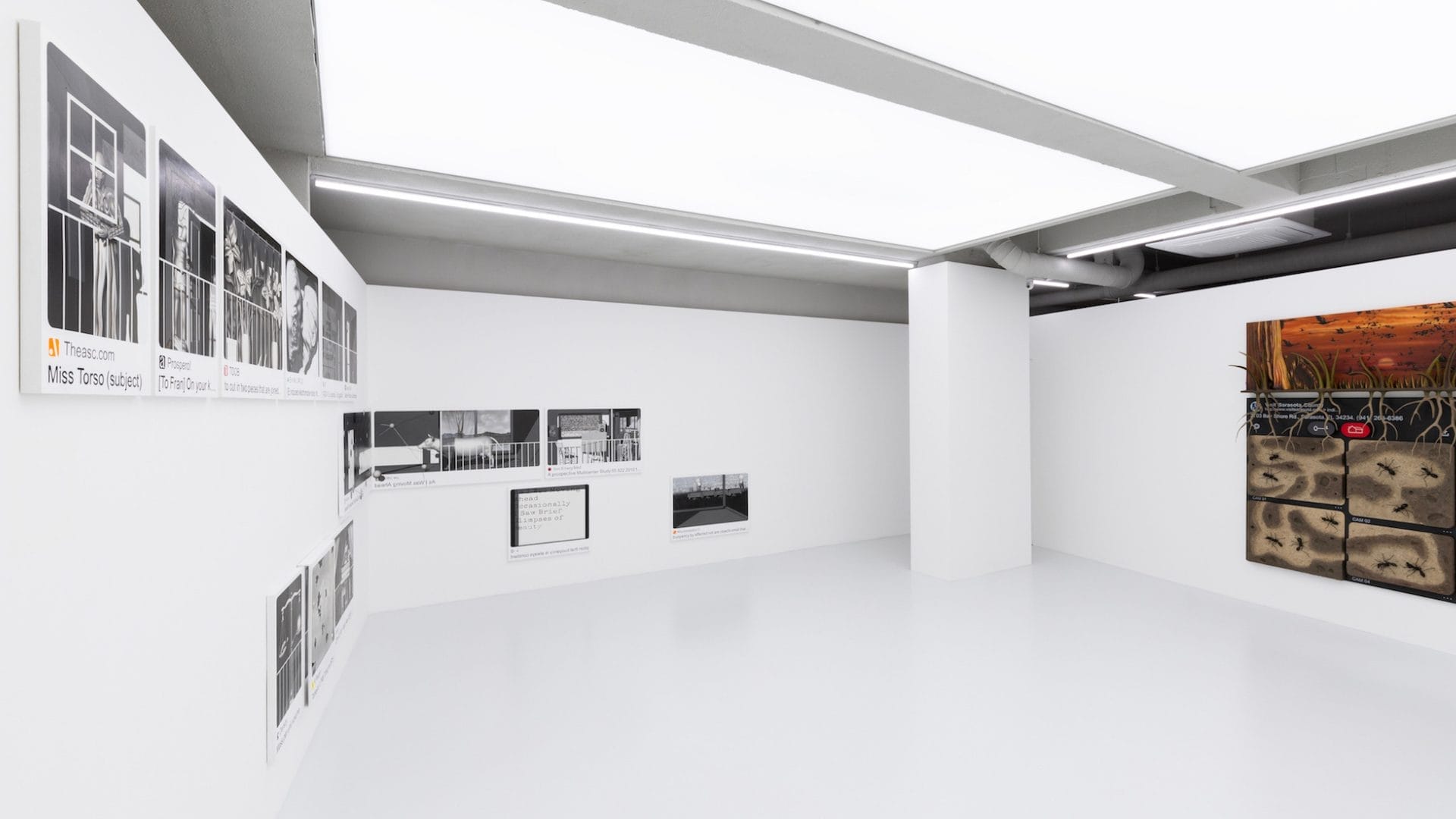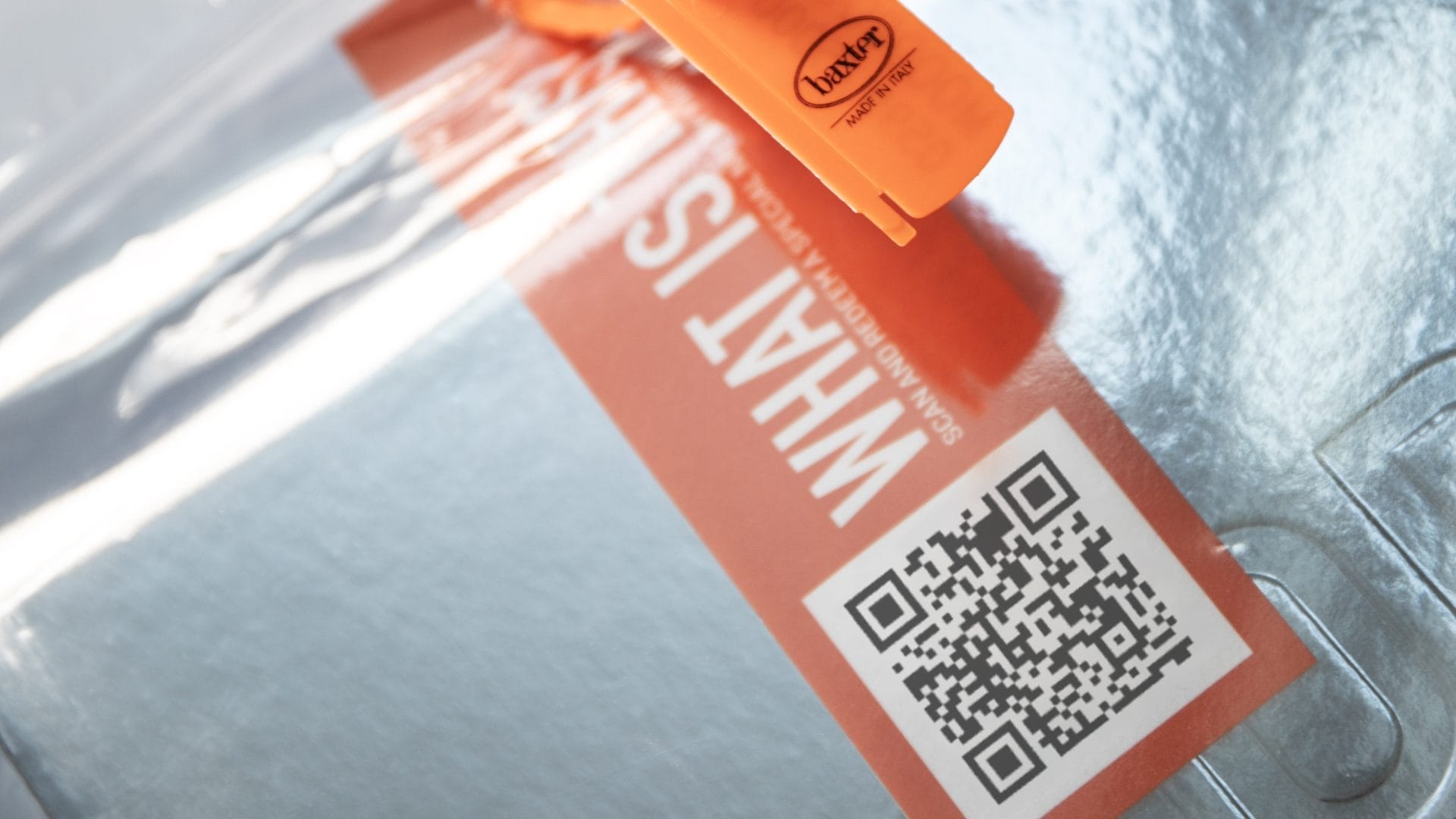
The Enigmatic World of Steven Parrino: Rebel of the Art Scene
Steven Parrino, born in 1958 in New York, remains one of the most intriguing figures in contemporary art. His work, known for its rebellious spirit and stark aesthetics, carved a unique path through the art world of the 1980s and 1990s. Parrino’s art and his very persona encapsulated a blend of punk rock ethos and minimalist abstraction, making him a standout figure among his contemporaries.
Early Life and Education
Growing up in the heart of an urban landscape filled with a diverse range of sounds, sights, and ideas, Parrino was exposed to a melting pot of artistic influences from a young age. This eclectic environment was the bedrock upon which his future as a radical artist was built.
Parrino’s education in art began formally when he attended the School of Visual Arts (SVA) in New York City, a renowned institution known for fostering avant-garde artists. At SVA, Parrino was immersed in a rigorous curriculum that emphasized both the technical aspects of art and the importance of conceptual thinking. He graduated with a Bachelor of Fine Arts in 1982, but his education extended far beyond traditional classroom learning.
During these formative years, the late 1970s and early 1980s, New York City was a hub for several groundbreaking cultural movements. Punk rock, with its raw, unfiltered energy and rebellious ethos, was particularly influential for Parrino. Bands like The Ramones and Television played in venues that Parrino frequented, and the anarchistic spirit of punk rock left a lasting impression on him, influencing not only the content of his art but also his approach to the art-making process.
Simultaneously, the No Wave movement, a short-lived but intense avant-garde scene, provided another layer of influence. Characterized by its nihilistic attitude and its experimental approach to visual art and music, No Wave was a response to the commercialization of punk and the stagnant state of the art world. Artists and musicians associated with this movement, such as Lydia Lunch and James Chance, rejected established norms and created works that were often harsh and confrontational, a stance that resonated strongly with Parrino.
Minimalism, another critical influence during his college years, introduced Parrino to the possibilities of abstraction and the exploration of form, space, and the intrinsic properties of materials. The precise, reductive qualities of Minimalism, as practiced by artists like Donald Judd and Frank Stella, contrasted sharply with the more chaotic and aggressive aspects of punk and No Wave, providing Parrino with a counterbalance that would later manifest in his own work as a tension between destruction and creation.
This period was not only about absorbing influences but also about rebellion against the traditional expectations of the art world. Parrino was not content to simply learn; he aimed to reinterpret and challenge the artistic principles presented to him. His eventual style—a disruptive blend of visual aggression and formal beauty—can be traced directly back to the unique cultural synthesis of his youth and education in New York City.


Artistic Vision and Style: Exploring Steven Parrino’s Radical Aesthetics
Steven Parrino’s artistic vision was distinctly marked by an approach that broke away from traditional forms and embraced a radical redefinition of what art could be. His unique style, often characterized as “misshaped” or “deconstructed,” emerged from a philosophy deeply rooted in an understanding of the world as inherently chaotic and unpredictable. This worldview translated into an artistic practice that disrupted the norms of painting and sculpture, creating a new visual language that was both challenging and captivating.
Deconstruction as Creation
At the core of Parrino’s art was the physical manipulation of his chosen materials. He frequently engaged with his canvases in ways that were considered aggressive or violent—twisting, slashing, and sometimes completely removing them from their stretchers. This act of deconstruction was not merely for shock value; rather, it was a deliberate process aimed at exploring the materiality of the canvas and the potential for new forms to emerge from acts of destruction. Parrino saw these actions as a way to liberate the canvas from its traditional constraints, allowing it to more truthfully represent the “misshaped chaos” of reality.
The starkness of Parrino’s aesthetic was another defining feature of his work. He often used a monochrome palette, predominantly black, to strip away the distraction of color and focus the viewer’s attention on form, texture, and the interplay of light and shadow. This choice amplified the dramatic impact of his alterations to the canvas surface, making every cut, twist, and distortion more pronounced and impactful.
Between Painting and Sculpture
Parrino’s iconic works frequently utilized black enamel paint on canvas, a medium that he manipulated extensively. By pulling, twisting, and sometimes nailing the canvas back onto its frame, he transformed the flat surface of a traditional painting into something that existed in the liminal space between painting and sculpture. These actions were deeply intentional, creating a dialogue between the two-dimensional and three-dimensional that questioned the very definition of painting.
This boundary-pushing approach reflected Parrino’s interest in the concepts of anti-form and the void. Anti-form, a term used in art to describe a move away from fixed structures and shapes, was evident in the way Parrino allowed his materials to dictate the final form of the work. The void, or the concept of negative space, played a crucial role in his compositions, where the absence of material often held as much weight as its presence. By focusing on these elements, Parrino’s work challenged viewers to reconsider their expectations and perceptions of what art is and what it could be.

Legacy of Innovation: The Enduring Influence of Steven Parrino
Steven Parrino’s contributions to the art world are both profound and transformative, reshaping how art could be conceived and experienced. His bold redefinitions of painting and sculpture and his relentless challenge to the static nature of artistic media have left an indelible mark that continues to influence contemporary art discourse and practice.
A Catalyst for New Artistic Movements
Parrino’s work, characterized by its dynamic approach to form and structure, has been a pivotal influence on a range of artistic movements that emerged after the 1980s. His technique of physically manipulating canvases—twisting, slashing, and deconstructing them—paved the way for artists to explore more freely the material possibilities of their media. This radical approach has inspired movements and individual artists who see the act of creation as inherently linked to destruction, where the breaking down of form is as much a creative act as the construction of it.
Beyond the physical manipulation of his materials, Parrino’s work is deeply philosophical, posing profound inquiries into the nature of reality, art, and perception. His exploration of anti-form and the void has encouraged artists to consider the spaces between and beyond the obvious elements of their work. This philosophical framework has been critical for artists examining the concepts of presence and absence, reality and illusion—themes that continue to resonate in the fields of minimalist and conceptual art. Parrino’s influence extends into educational contexts where his methods and theories challenge traditional pedagogies about art making. As an artist who disrupted norms, his legacy prompts educators and students to question and expand the boundaries of what art education means and what it can achieve. His work encourages a critical approach to art making, one that values the process and the questioning over the final product.

Reevaluation of Art’s Role
Steven Parrino’s legacy is also evident in the ongoing reevaluation of the role of art in society. His works, which straddle the chaotic and the structured, challenge viewers to reconsider their own perceptions of stability, disorder, and the role of art in reflecting or disrupting societal norms. This has significant implications for how art is used as a tool for social commentary and change, making Parrino a key figure for artists engaged in political and social critique.Today, Parrino’s influence is palpable in exhibitions, retrospectives, and collections worldwide, and his approach remains a touchstone for new generations of artists. These artists find inspiration in his fearless approach to the canvas, his philosophical depth, and his uncompromising attitude toward artistic expression. His work not only continues to be studied and revered but also serves as a critical reference point for artists navigating the complex interplay of destruction and creation.
fakewhale
Founded in 2021, Fakewhale advocates the digital art market's evolution. Viewing NFT technology as a container for art, and leveraging the expansive scope of digital culture, Fakewhale strives to shape a new ecosystem in which art and technology become the starting point, rather than the final destination.
You may also like
Seungwoo Kang, Koyaanisqatsi at YK Presents, Seoul
“Koyaanisqatsi” by Seungwoo Kang at YK Presents, Seoul, 12/10/2024 – 09/11/2024. E
Baxter and Fakewhale Studio: Synergy between Digital Art and Design in the 2024 Mood Book
The collaboration between Baxter and Fakewhale Studio represents a perfect balance of design, digita
Anti-Crash by Scerbo: A Verse Release Curated by Fakewhale
Scerbo is set to unveil the “Anti-Crash” series on Verse curated by Fakewhale — A series, in w




